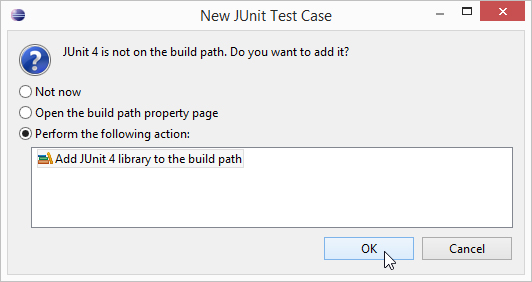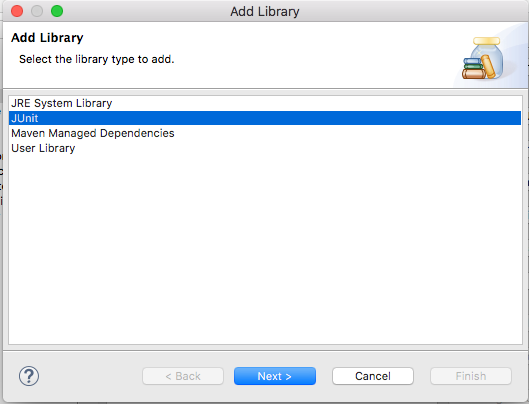

Working of both versions is the same, as you create test cases, test suites and execute them.


JUnit frameworks are popular from quite a some time now and there are two popular versions available in the form of JUnit 3.8, known as JUnit 3 and JUnit 4. In this JUnit tutorial, I will show you how to write and execute the JUnit test from Eclipse and Netbeans, two popular Java IDE.īy the way, if you are looking for any good book on JUnit and unit testing, you should look at Pragmatic Unit Testing in Java with JUnit, it's an amazing book and teaches a lot about both JUnit and unit testing in Java.

I agree few initial tests are difficult because of knowledge and inertia and the best way to approach is to start with the simplest of JUnit tests. I have seen Java developers testing their code wit h the main() method, but now they prefer to test them with JUnit test cases. Anyway, it just starts which take time, once you start writing unit tests, you will automatically start enjoying it. The sad thing is that not every developer follows it some programmer doesn't write unit tests due to ignorance and others due to laziness. IM HO code review and unit testing are two most important practices for improving code quality and should always be followed during software development. TestNG, JUnit has its own place among Java developers. Though there is another unit testing framework available in Java e.g. Writing a unit test to test the individual unit of code is one of the best development practices and helps to find bug earlier in the development cycle. A unit test is to test a smaller unit of code, e.g. Before that, let’s revise what is a unit test and why should you write them. Writing JUnit tests for Java classes in Eclipse and Netbeans IDE is super easy, and I will show you that later in this JUnit tutorial.


 0 kommentar(er)
0 kommentar(er)
